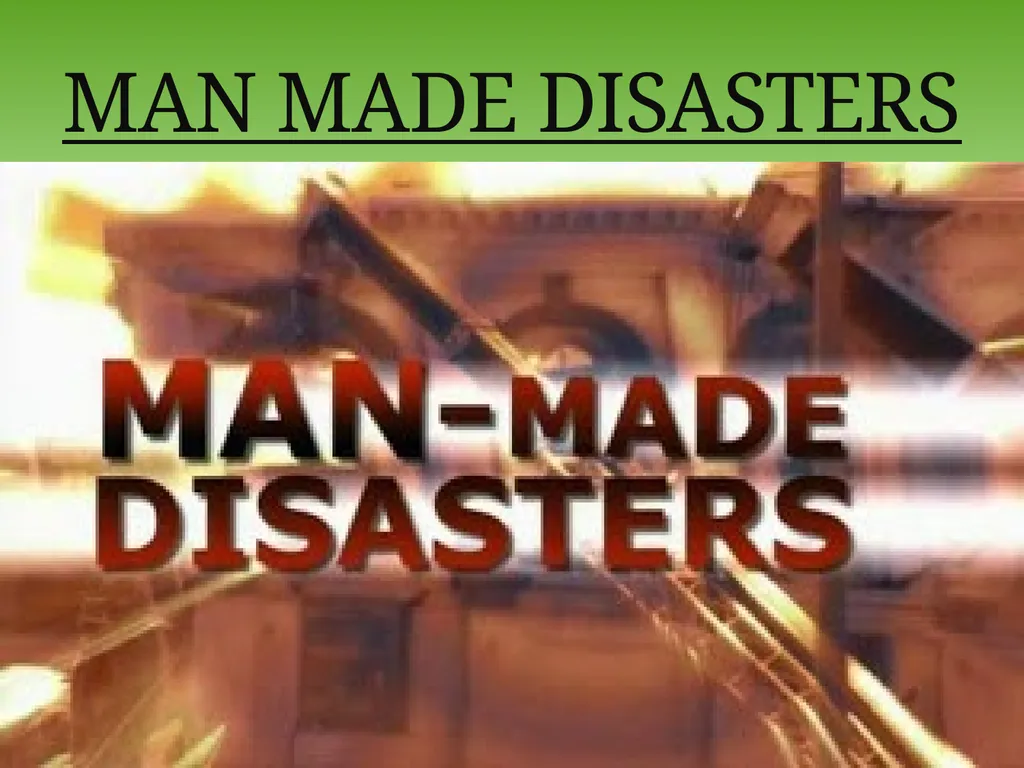
Author : pasty-toler | Published Date : 2025-08-16
Description: MAN MADE DISASTERS VALLARI KOTHARI-1111108 HARSH MALDE-1111114 AKSHAY PAWAR-1221018 PRESENTED BY (GO GREEN GROUP): Anthropogenic hazards or human-made hazards can result in the form of a human-made disaster. In this case, anthropogenicDownload Presentation The PPT/PDF document "" is the property of its rightful owner. Permission is granted to download and print the materials on this website for personal, non-commercial use only, and to display it on your personal computer provided you do not modify the materials and that you retain all copyright notices contained in the materials. By downloading content from our website, you accept the terms of this agreement.
Here is the link to download the presentation.
"MAN MADE DISASTERS VALLARI KOTHARI-1111108 HARSH"The content belongs to its owner. You may download and print it for personal use, without modification, and keep all copyright notices. By downloading, you agree to these terms.













